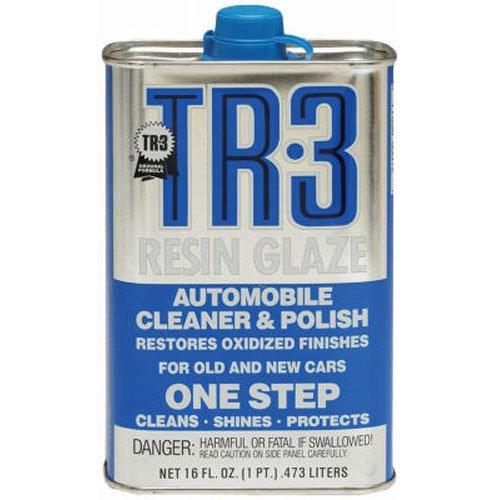I just got these three cars for my American Flyer 3300 set I am building.
I bought them on eBay and the seller's pictures were pretty good. I could tell they were dirty, and I guessed that I could make them look much better through cleaning and polishing. You can see that I started on the right side of the box car and milk car. Here is the milk car after my first pass of polishing on one side.
See how what looked to be scratches and rust on the left side and above the decal are now gone and the paint is much whiter.
See how the yellow paint is much brighter after removing the grime. This dirt was into the paint. Soap and water would not remove this. A little automotive polisher took the grime out with very little rubbing. The polisher that I use is also supposed to protect the paint after cleaning.
The roof might be a little harder to see. The lower part has been cleaned. After I took this, I needed to work the cleaner into the corners of the ribbing to get more dirt out. That is probably the hardest part of this cleaning.
I have been able to remove the black mark on the lower left in the picture below as well.
The dump car is extra dirty. I find this all the time with the frames of cars. Most of this dirt would wipe off with a damp paper towel. Over time, this dirt will begin to adhere to the paint.
I will have pictures of the cleaned up cars in the weekend photos post. These cars don't need restoration. They just need a little attention.
George















